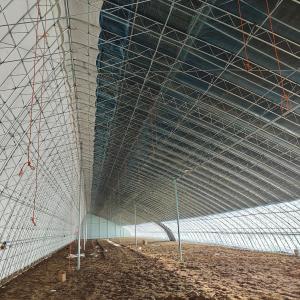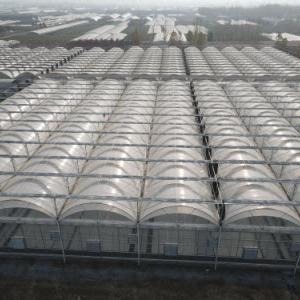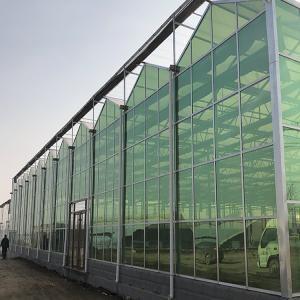Optimizing Leaf Vegetable Greenhouses: Covering, Light, Temperature, and Humidity Control
Greenhouse vegetable production is becoming more common in many countries. This is particularly true of winter vegetables like tomatoes and cucumbers. To be successful, greenhouse vegetables require optimal growing conditions. Good soil and a good water source are key.
The Importance of Choosing the Right Covering Material for Leaf Vegetable Greenhouses
The covering material used in Leaf Vegetable Greenhouses is crucial for ensuring that plants get the best possible conditions. Different covering materials have different properties, which is why it’s important to consider your specific needs before deciding.
For example, if you’re interested in the visual appearance of the greenhouse cover, you might want to choose one that allows a clear view in and out. Polycarbonate is a good option for this. Another factor to consider is light diffusion. This is important for preventing plant sun burn and keeping your greenhouse cooler in the summer months.
The type of greenhouse covering material you choose can have an effect on how much energy your greenhouse uses to heat and cool its contents. This is because coverings can help to prevent the transfer of radiant heat to the environment. This can result in lower costs and improved production. For this reason, it’s important to find a greenhouse covering that can keep your greenhouse cool and comfortable all year round.
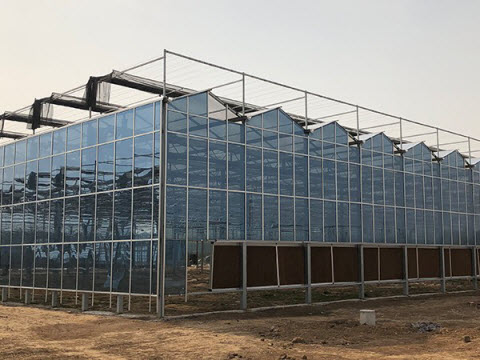
Greenhouse Lighting Options for Optimal Leaf Vegetable Growth
Leaf vegetables such as lettuce are commonly cultivated in greenhouses throughout the world. Greenhouses large and small provide a consistent supply of year-round lettuce and leafy greens for the food market. Light is a very important factor in plant growth. Depending on the type of light, plants need more or less light.
A very common and popular light source used in greenhouses is fluorescent lamps. They are highly energy efficient and can be used for a long period of time.
LEDs are another option. These lamps use less electricity than traditional lighting sources and can last up to many hours. Light quantity (intensity and duration) and quality (wavelength composition) are both essential for crop yield.
Maintaining the Ideal Temperature for Leaf Vegetable Greenhouses
The temperature of a leaf vegetable greenhouse is crucial for the growth and development of the plants. The plant's health is compromised when the temperatures are too high or too low, which can lead to reduced growth and plant wilting.
Temperature control is also essential in controlling insect pests and disease organisms. The leaf vegetables that are grown under greenhouses require proper IPM strategies to prevent fungus, bacteria and disease problems.
To avoid heat stress on plants, you should ventilate your greenhouse using air movers and fans. This will help lower the temperature of your greenhouse and protect your crop from wilting and scorching. Several different types of ventilation are available for a greenhouse, including roof vents and side vent walls. The vents should be large enough to increase air flow within the greenhouse.
Another method of temperature control is radiant heating, which involves hot water pipes that heat up plants and emit heat into the greenhouse. The system starts with a boiler that is controlled by valves.
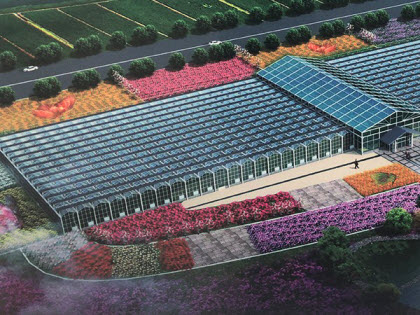
Managing Humidity in Leaf Vegetable Greenhouses for Optimal Crop Growth
There are a number of different ways to control humidity in a greenhouse. Some of these methods include fans, vents, wet walls and shade cloths.
Humidity levels should be managed carefully in a greenhouse to avoid excessive condensation and to prevent diseases that could harm crops. This is important because a plant needs the right level of moisture to do its job properly.
The degree of relative humidity pertains to the quantity of aqueous vapor present within the atmosphere. It is influenced by two factors: the absolute amount of water vapor and the temperature of the air.
As temperatures increase, relative humidity decreases due to the fact that the water-holding capacity of air doubles. During these periods, it is important to regulate the humidity in a greenhouse to avoid excessive condensation on fruits and other surfaces as well as molds and mildew growth.

